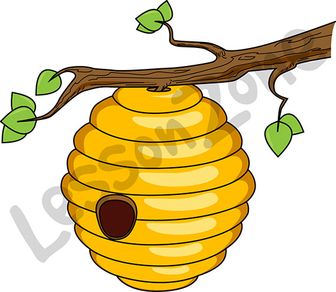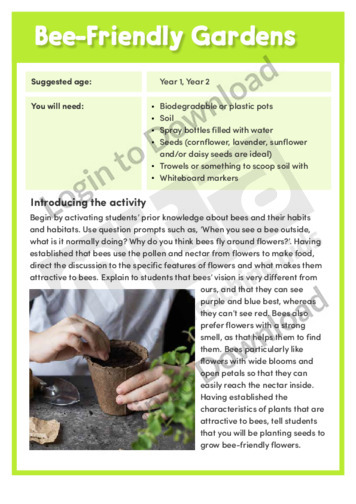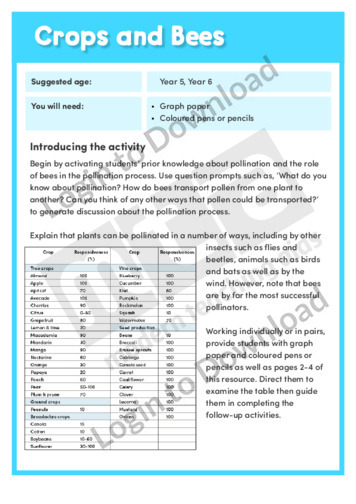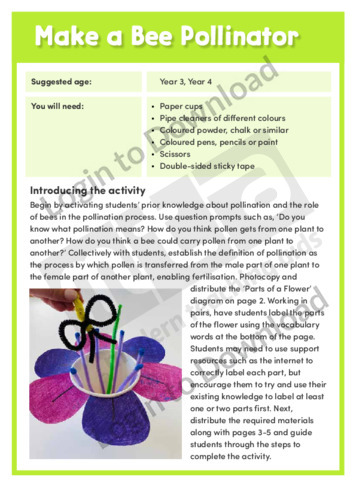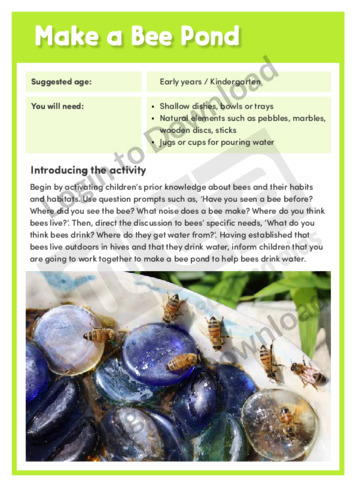This illustration, “Beehive” is available in PNG format at 300 DPI resolution with a transparent background for classroom use. This illustration is also available in black and white. Lesson Zone has over 4, 000 pieces of clip art, searchable by learning area and theme. The clip art is fast and easy to download, and can …More
This black and white outline illustration, “Beehive B&W” is available in PNG format at 300 DPI resolution with a transparent background for classroom use. This illustration is also available in colour. Lesson Zone has over 4, 000 pieces of clip art, searchable by learning area and theme. The clip art is fast and easy to …More
This hands-on learning activity supports teachers in directing students through the process of planting seeds and observing and recording their changes as they grow into bee-friendly plants. The activity begins with some question prompts for teachers to engage students’ existing knowledge about bees and encourage them to consider their habitat and needs. Teachers are then …More
This maths activity uses real-world data to engage students in discussions and observations about the importance of pollination in food production in Australia. The activity begins with some question prompts for teachers to engage students’ existing knowledge about pollination and how bees contribute to pollination. Students are then provided with a table listing crops and …More
This hands-on STEM activity provides students with a visual demonstration of the role of bees in the pollination process to further solidify their understanding of the importance of bees in pollination and food production. The activity begins with some question prompts for teachers to engage students’ existing knowledge about pollination and how bees contribute to …More
This hands-on activity supports educators in guiding young learners through the process of making a bee-friendly waterer, using simple materials that provide an additional sensory element. The activity begins with some question prompts for educators to engage children’s existing knowledge about bees and encourage them to consider their habitat and needs. Educators are then provided …More
It�s that easy!

